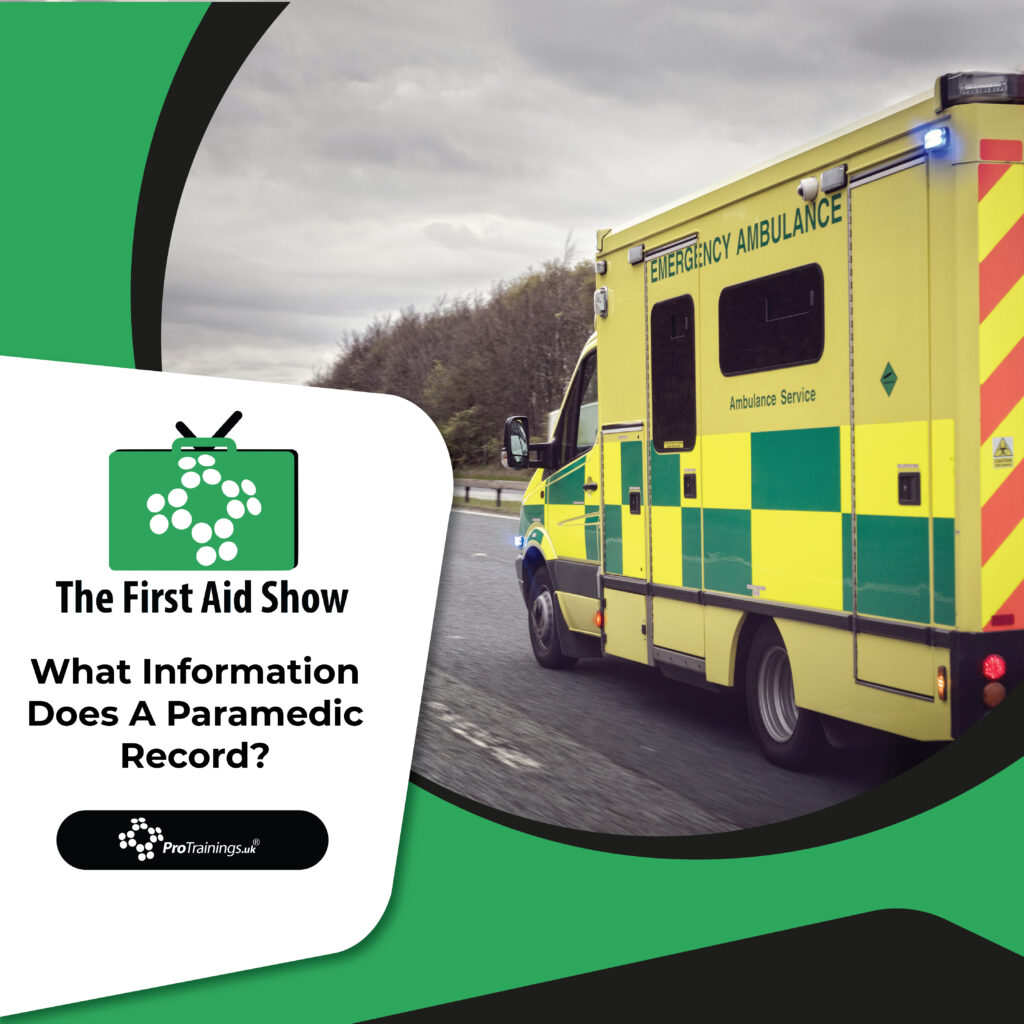What Information Does a Paramedic Record at an Emergency Scene?
Welcome to this edition of the First Aid Show. You may often see medical services at the scene of an accident busily noting down details on various devices. In this segment, we delve into what paramedics are actually recording and why this is crucial for patient care.
Introduction to Digital Record Keeping
Modern paramedic services use digital forms to securely record detailed patient information. They often use devices such as laptops, tablets, or smartphones, ensuring that all recorded data remains confidential and accessible only to relevant medical personnel.
Essential Details Recorded by Paramedics
- Medical History: Record prior medical conditions, medication usage, surgical history, and allergies.
- Contact Information: Include the doctor’s surgery details and next-of-kin for necessary follow-ups, not for immediate contact during an emergency.
- Clinical Observations: Document ECG readings, patient vitals, and results from the primary survey.
- Incident Details: Note specifics of the incident, including the nature of injuries and initial treatments administered.
Using Technology to Enhance Patient Assessment
Paramedics employ apps that assess and score a patient’s symptoms, integrating this data directly into their health records. These tools are crucial for making informed medical decisions, especially in critical care scenarios.
Access to Patient Medical Records
With appropriate consent, paramedics access a patient’s GP records to gather essential background information. This is particularly important for patients who are unconscious or unable to communicate effectively, like those with dementia. Understanding whether certain symptoms are new or pre-existing significantly influences emergency treatment decisions.
Transparency in Data Use
Paramedics remain committed to transparency. If you’re at the scene and curious about their data recording processes, they’re generally open to explaining how and why they use digital tools to enhance patient care.
Conclusion: Comprehensive Patient Care through Accurate Documentation
This comprehensive approach to documentation ensures that each patient receives tailored and timely medical attention, based on a complete understanding of their medical history and current condition.


